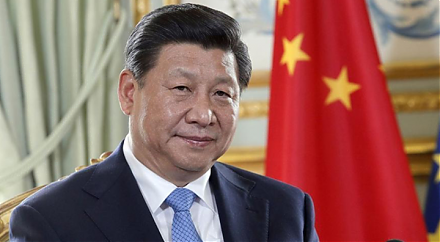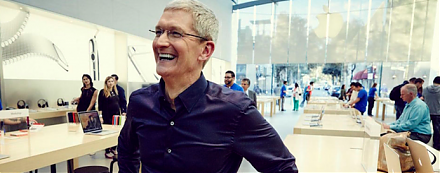

2018-10-21 14:40:00 Sun ET
treasury deficit debt employment inflation interest rate macrofinance fiscal stimulus economic growth fiscal budget public finance treasury bond treasury yield sovereign debt sovereign wealth fund tax cuts government expenditures
President Trump floats generous 10% tax cuts for the U.S. middle class ahead of the November 2018 mid-term elections. Republican senators, congressmen, and congresswomen can propose massive tax cuts for middle-income Americans. This time may be a bit different, and President Trump expects the tax bill to go through Congress but not an executive order. The Trump administration suggests that the legislative vote will likely take place soon after the mid-term elections. The strategic move boosts confidence in the Republican lawmakers who can continue to control Congress. Treasury Secretary Steven Mnuchin cannot offer details on the middle-income tax brackets that can experience lower effective tax rates. This tax bill may add to the prior $1.5 trillion tax cuts and $779 billion fiscal deficits.
Republican leaders and senators emphasize that this tax bill will finance itself with better real GDP economic growth in the healthy upper range of 3%-4%. The Trump administration can offset these new tax cuts with lower government expenditures in Medicare, Medicaid, and social security. Alternatively, the Trump administration can raise effective tax rates for most rich Americans in the top 1% socioeconomic echelon to partially offset the new tax cuts for the U.S. middle-class.
If any of our AYA Analytica financial health memos (FHM), blog posts, ebooks, newsletters, and notifications etc, or any other form of online content curation, involves potential copyright concerns, please feel free to contact us at service@ayafintech.network so that we can remove relevant content in response to any such request within a reasonable time frame.
2018-03-03 11:37:00 Saturday ET

President Xi seeks Chinese congressional approval and constitutional amendment for abolishing his term limits of strongman rule with more favorable trade de
2019-05-30 16:44:00 Thursday ET

AYA Analytica finbuzz podcast channel on YouTube May 2019 In this podcast, we discuss several topical issues as of May 2019: (1) Our proprietary alp
2017-04-19 17:37:00 Wednesday ET

Apple is now the world's biggest dividend payer with its $13 billion dividend payout and surpasses ExxonMobil's dividend payout record. Despite the
2020-03-05 08:28:00 Thursday ET

The Stanford computer science overlords Larry Page and Sergey Brin design and develop Google as an Internet search company. Janet Lowe (2009) Google s
2017-02-01 14:41:00 Wednesday ET

President Trump refreshes his public image through his presidential address to Congress with numerous ambitious economic policies in order to make America g
2019-09-01 10:31:00 Sunday ET

Most artificial intelligence applications cannot figure out the intricate nuances of natural language and facial recognition. These intricate nuances repres